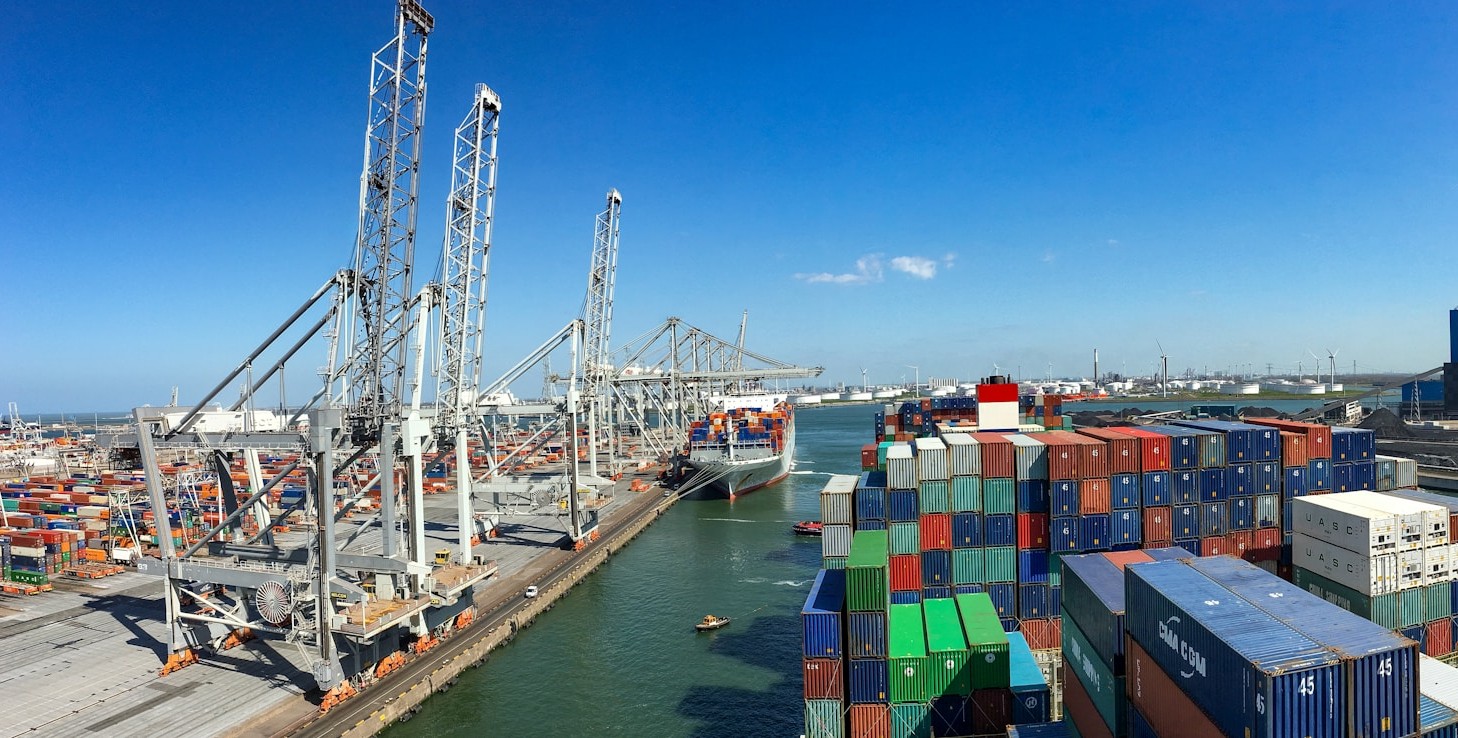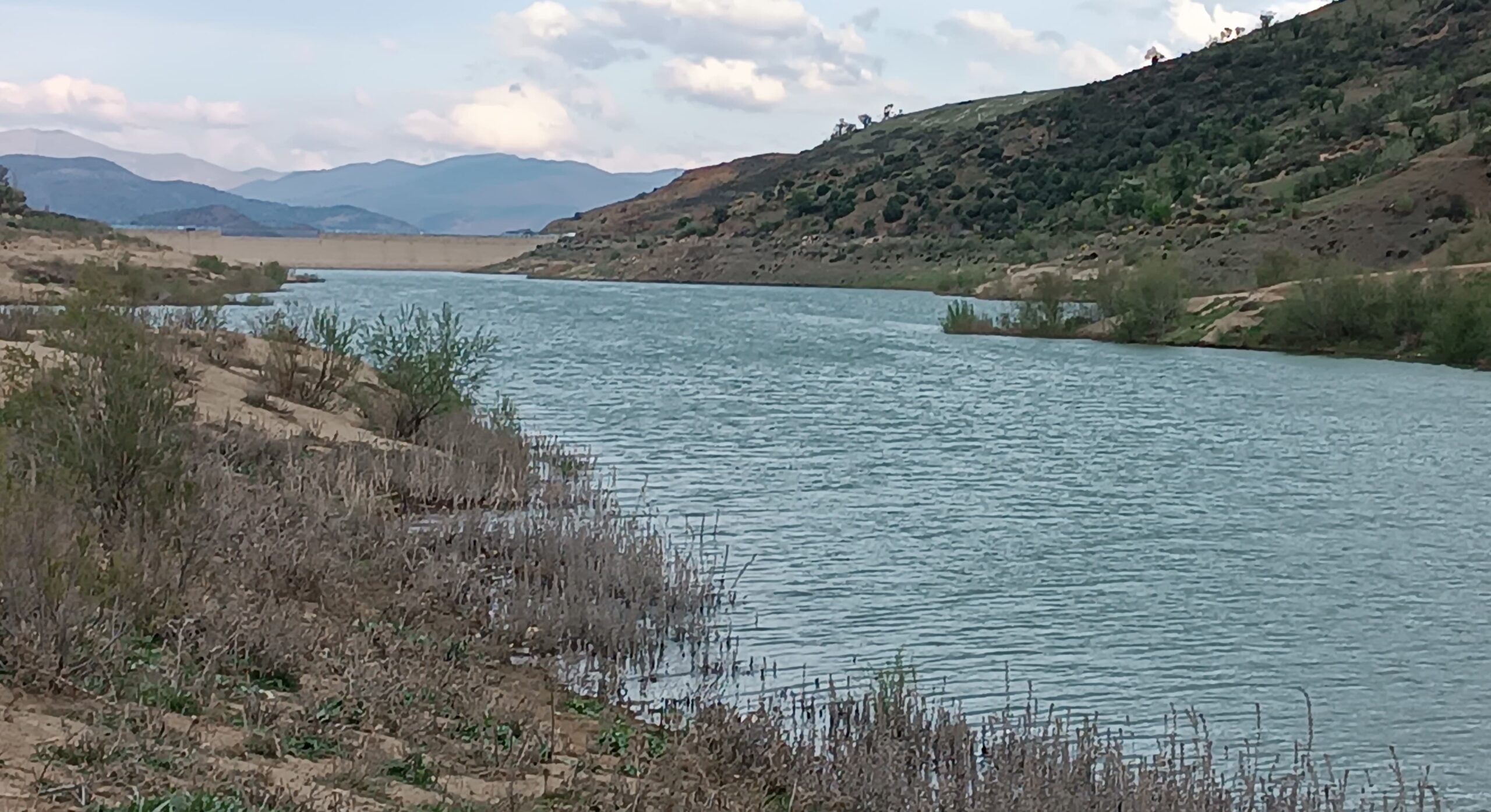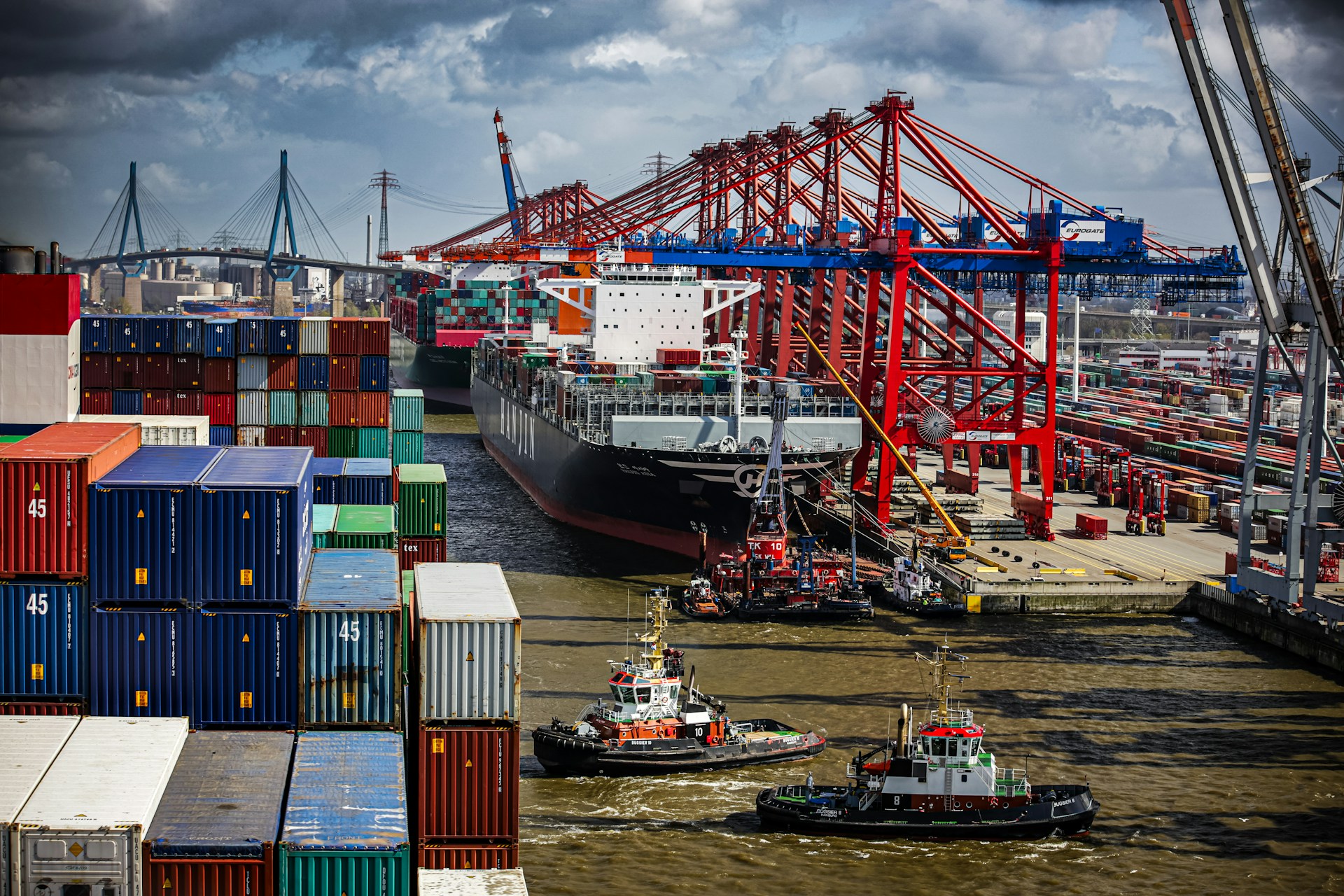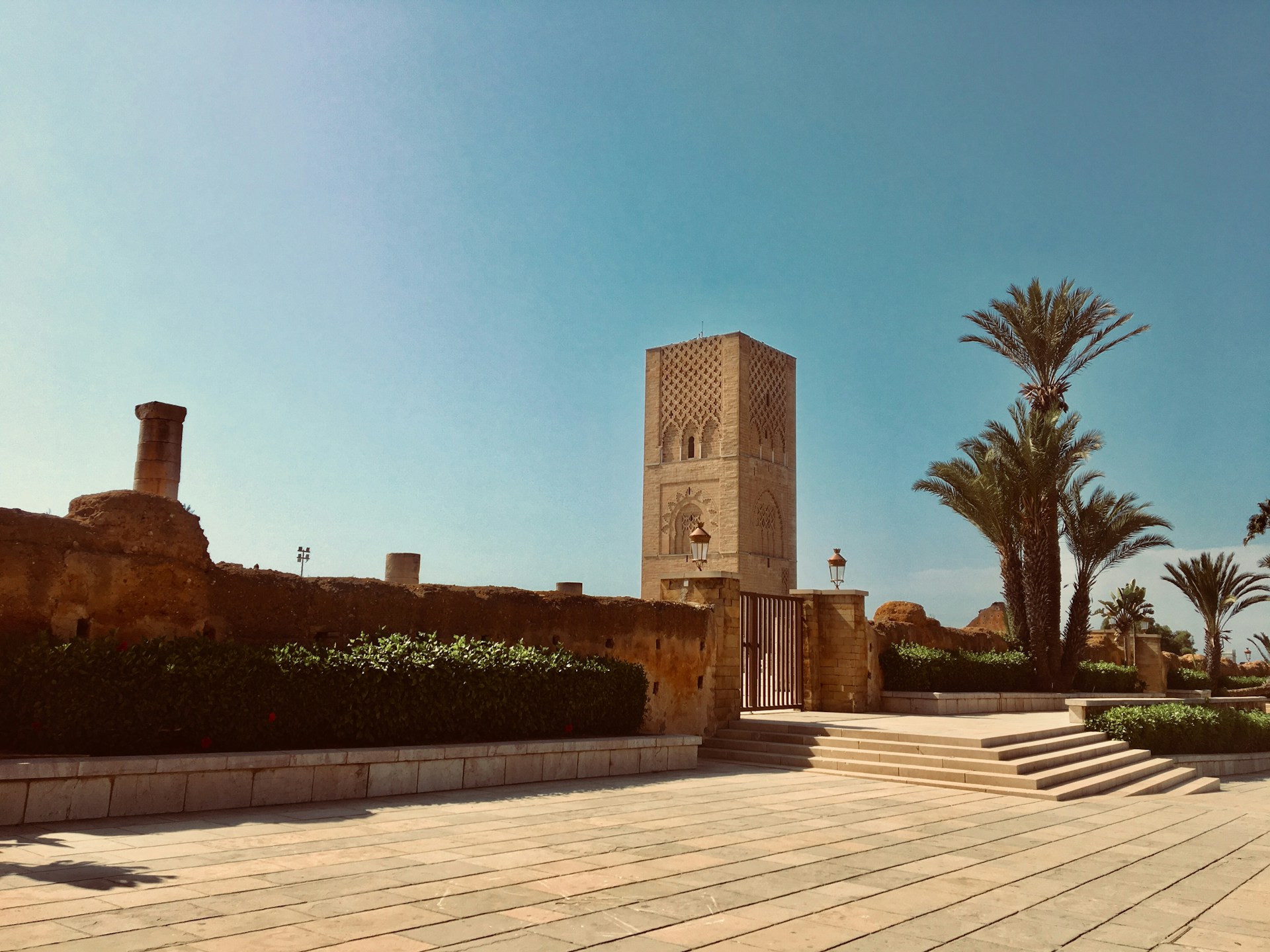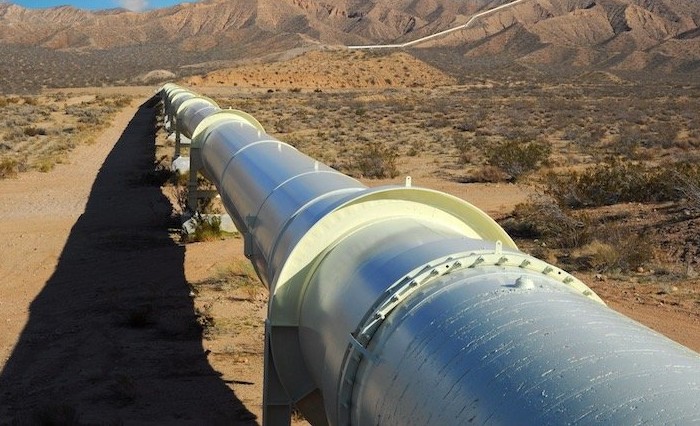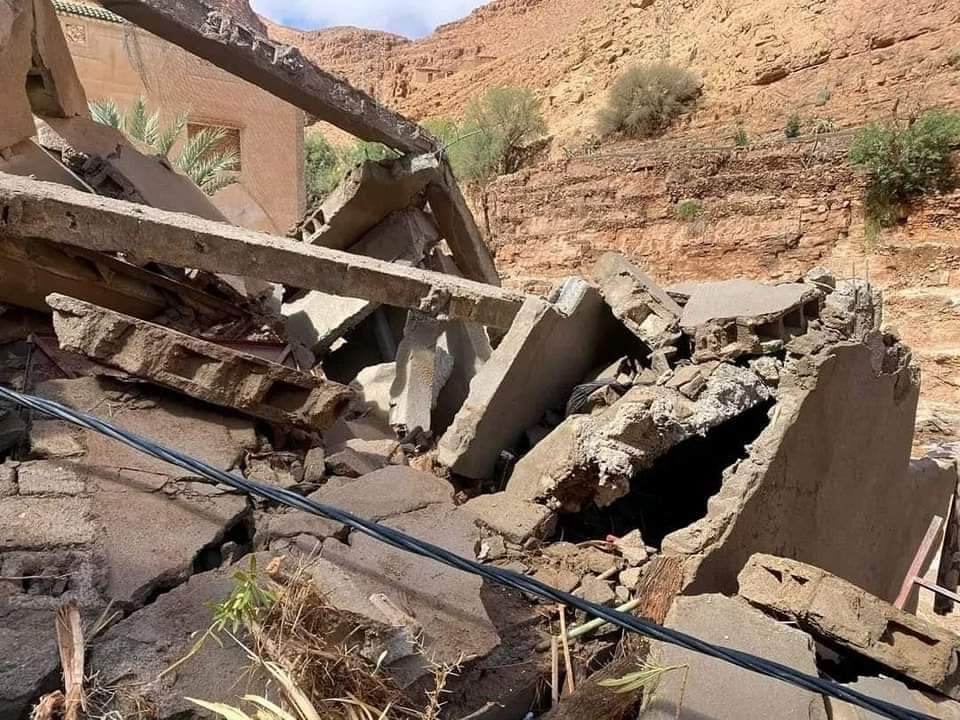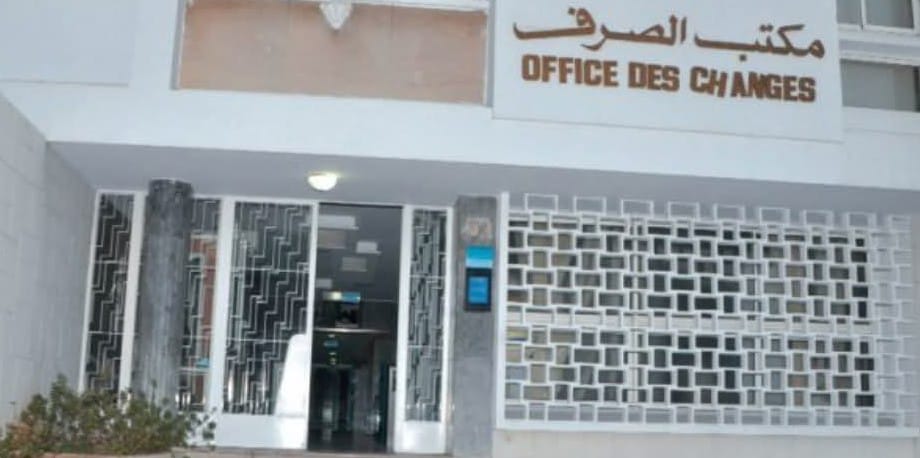Casablanca – Morocco’s agricultural sector has seen a notable improvement in water reserves this season, offering cautious optimism for farmers after years of drought and water scarcity. According to recent statements by the Minister of Agriculture, Maritime Fisheries, Rural Development, Water and Forests, Ahmed El Bouari, the volume of water stored in dams dedicated to agricultural use reached approximately 5.2 billion cubic meters during the 2024-2025 farming season. This corresponds to a reservoir fill rate of around 37%, compared to 30% during the same period last year.
Seasonal rainfall dynamics
The 2024-2025 agricultural campaign was characterized by significant variability in precipitation across Morocco. Early rains in October brought much-needed moisture to the majority of the country’s regions, sparking hope for a more favorable agricultural season. However, this was followed by a prolonged dry spell from November through February, during which rainfall levels were notably uneven across different areas.
Starting in March, the situation improved markedly thanks to abundant rainfall and snowfall, which positively impacted water availability and vegetation cover in many parts of the country. The total accumulated precipitation by June 5, 2025, was approximately 302 millimeters. While this figure represents a 23% decrease compared to the average rainfall over the past 30 years, it nonetheless shows a 14% increase relative to the previous agricultural season. These precipitation levels helped replenish the country’s agricultural dams and rejuvenate vegetation after several dry years.
Reservoir levels and agricultural implications
The filling rate of agricultural dams—critical for irrigation and water management in farming—rose to 37%, reflecting the beneficial effects of the recent rains. This is a meaningful improvement over last season’s 30% fill rate and is indicative of a partial recovery from the water shortages that have severely impacted Morocco’s rural and farming communities.
Enhanced water availability in reservoirs is expected to support increased productivity of main autumn crops and provide a boost to spring crops such as legumes and oilseeds. Minister El Bouari pointed out that the improved vegetation cover recorded during this season contributes significantly to crop yields. Dense vegetation also plays a crucial role in supporting the national livestock sector, which has suffered from the cumulative impacts of drought in recent years.
Livestock and rural economy
The recovery in vegetation density is especially important for the livestock sector. Morocco’s pastoral communities have faced considerable challenges due to persistent drought conditions, which have depleted forage resources and weakened animal health. The minister highlighted that better vegetation growth will help improve the condition of the national herd and provide much-needed relief to farmers reliant on livestock for their livelihoods.
Government measures and outlook
While the improvements in water reserves and rainfall patterns offer hope, Minister El Bouari emphasized that the current situation remains fragile and that efforts to manage water resources sustainably must continue. The government has introduced programs aimed at supporting farmers and herders, including debt restructuring for livestock producers and subsidies on animal feed. These measures are intended to mitigate the economic pressures caused by drought and encourage a sustainable recovery of agricultural and pastoral sectors.
Moreover, the ministry is focusing on enhancing agricultural resilience through technical support and investment in irrigation infrastructure. These initiatives align with national strategies to secure food production and promote rural development despite the ongoing challenges posed by climate variability.
Challenges ahead
Despite the positive signs, Morocco still faces significant obstacles regarding water security. The 23% rainfall deficit relative to the long-term average underscores the vulnerability of the country’s hydrological cycle to climate change and variability. Disparities in precipitation distribution between regions also complicate water management efforts, necessitating targeted and adaptive strategies.
Ensuring equitable access to water for irrigation, maintaining reservoir capacity, and supporting efficient water use remain priorities for policymakers. Continued monitoring of hydrological conditions and the implementation of integrated water resource management are crucial to mitigate future risks and sustain agricultural productivity.
Morocco’s agricultural water reserves have shown measurable improvement this season, thanks to favorable rains and snowfall since March. The rise in reservoir fill rates to 37% and the recovery of vegetation cover provide renewed hope for farmers and the livestock sector after years of drought. However, the challenges of climate variability and regional disparities persist, requiring sustained government action and strategic resource management.
The Ministry of Agriculture’s commitment to supporting farmers through financial aid, technical assistance, and improved infrastructure will be essential in consolidating these gains and steering the agricultural sector towards greater resilience and sustainability.



